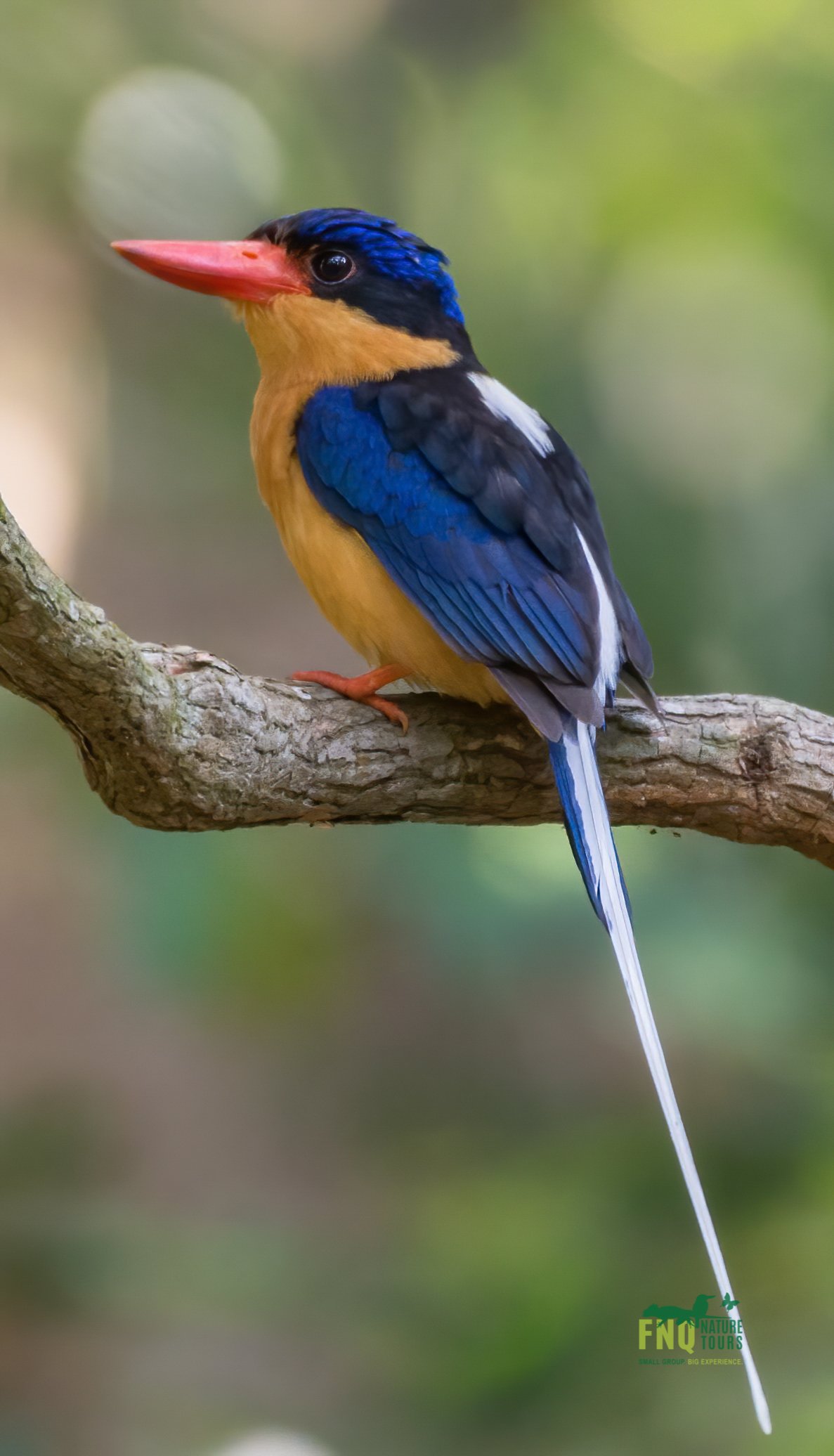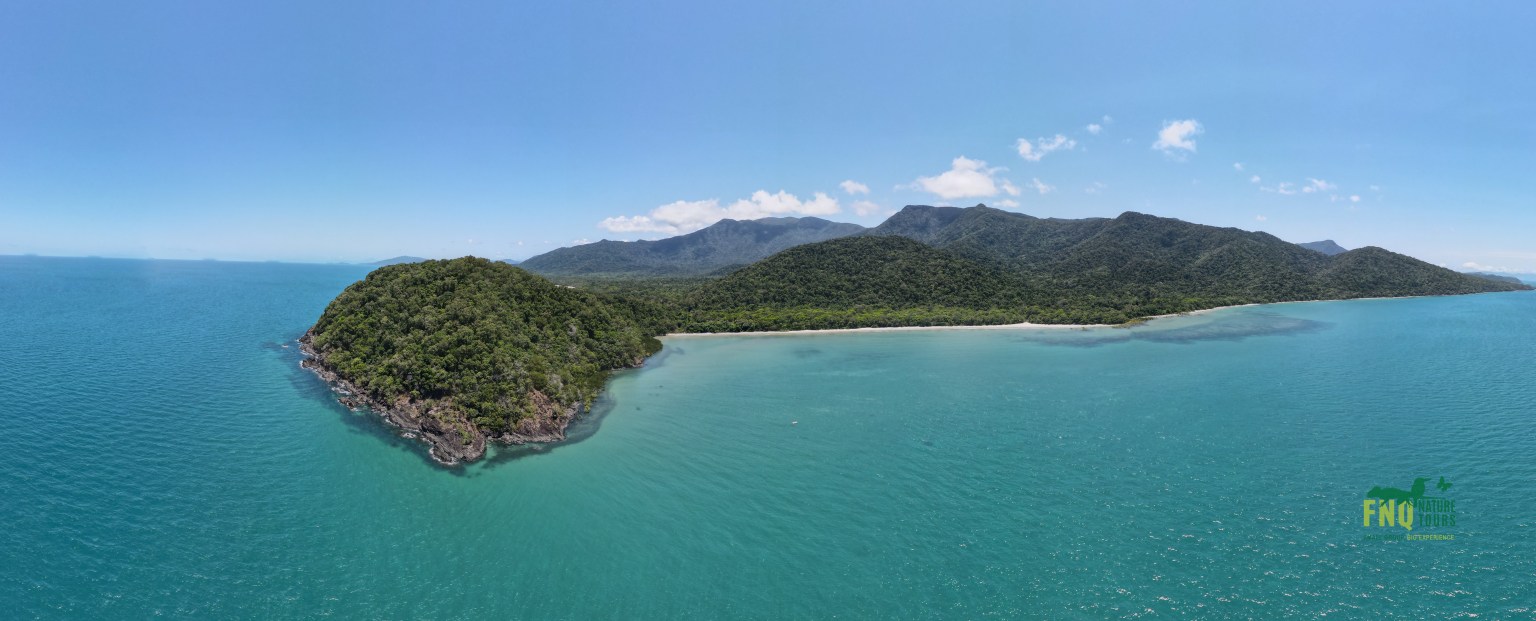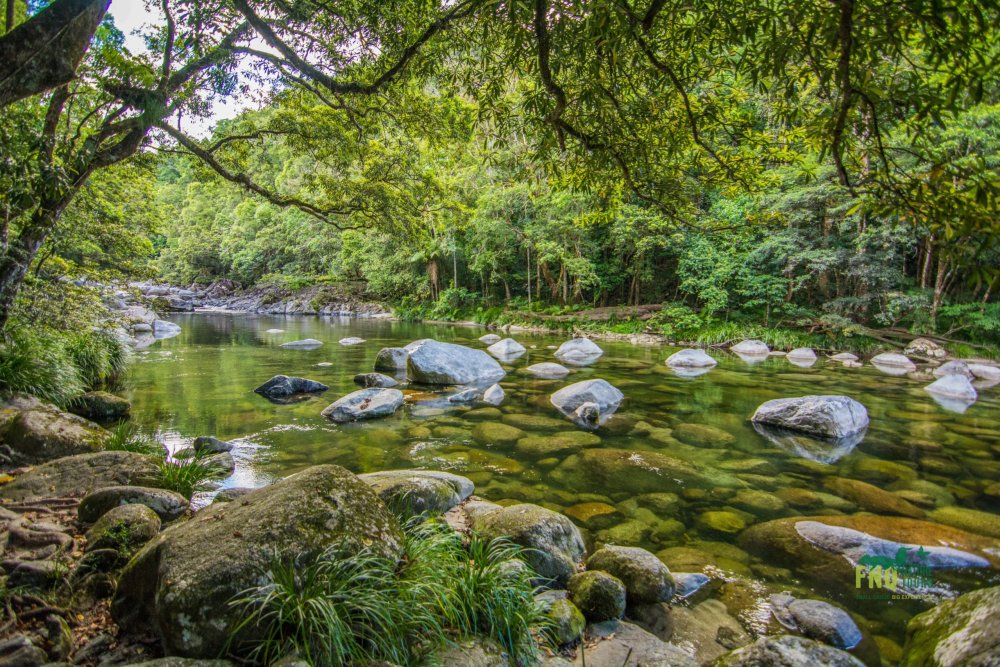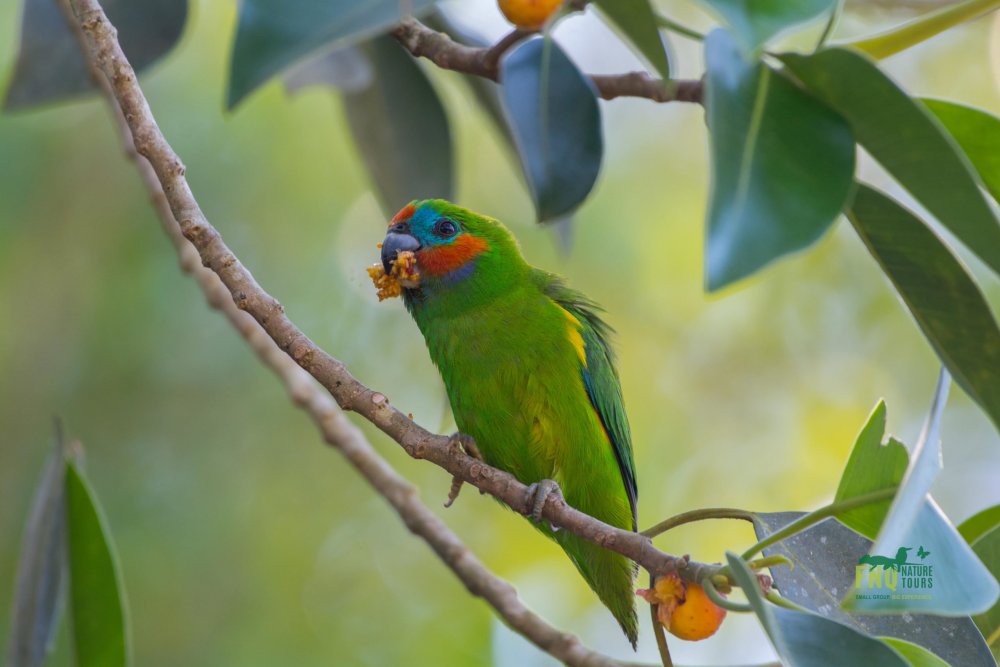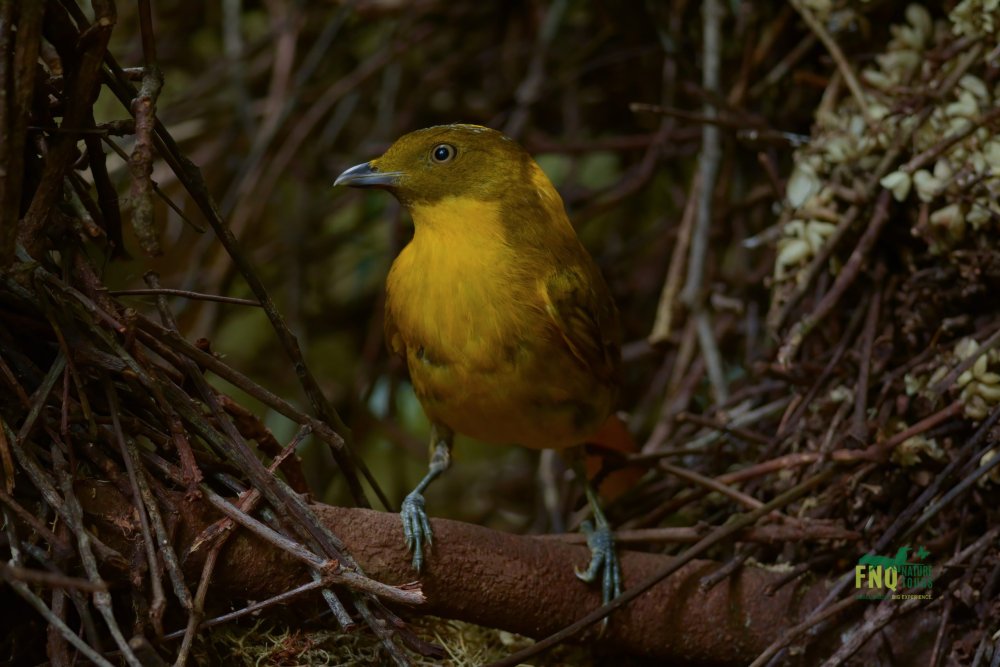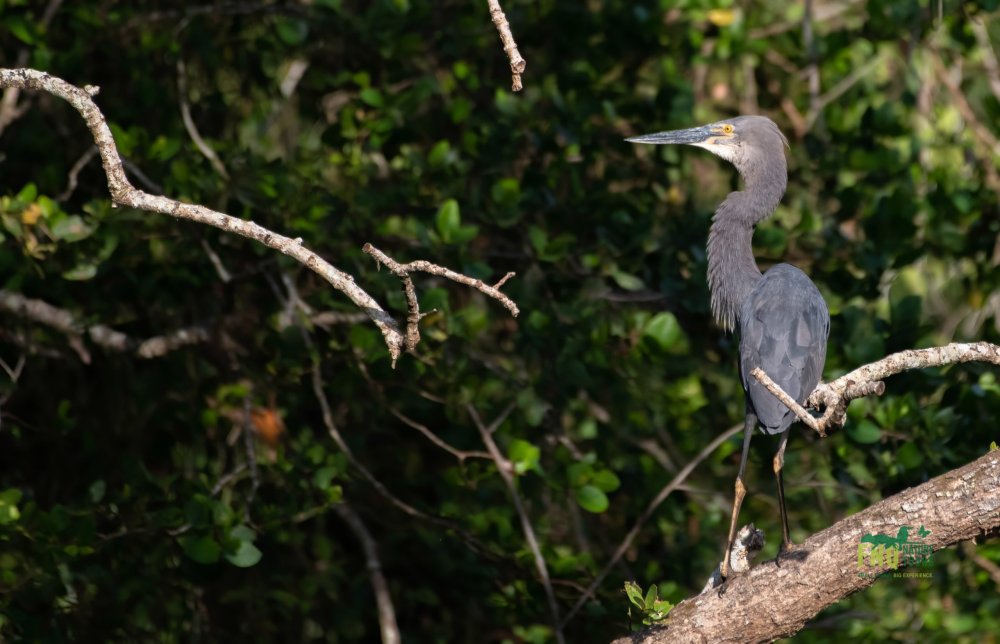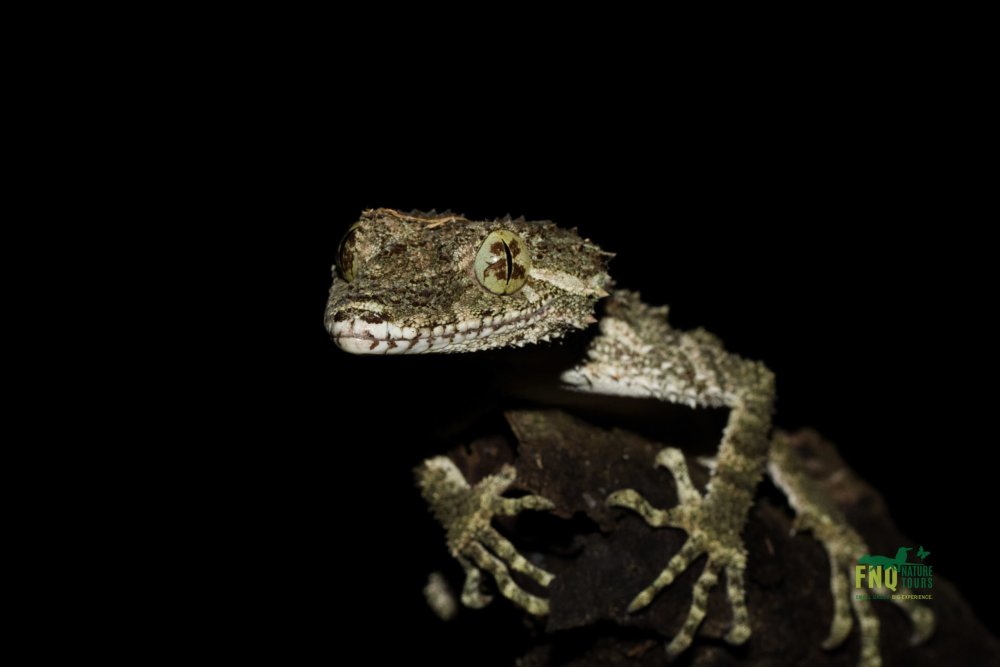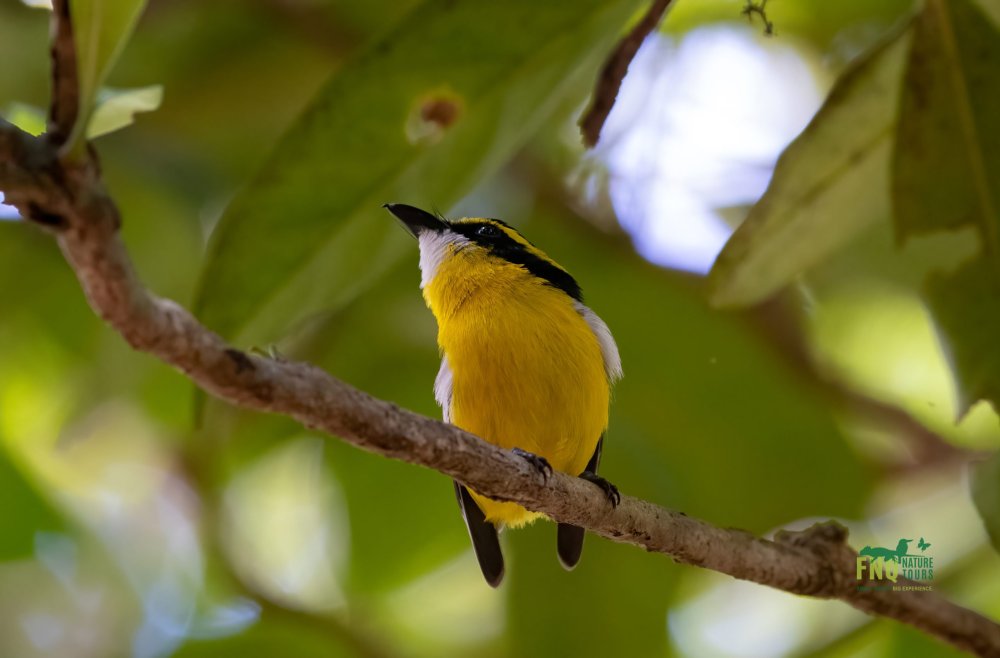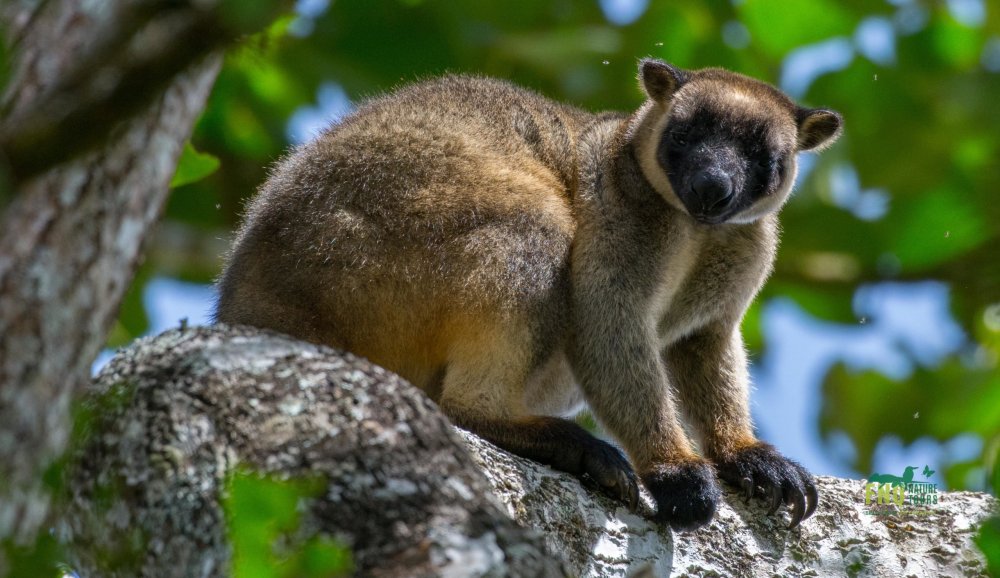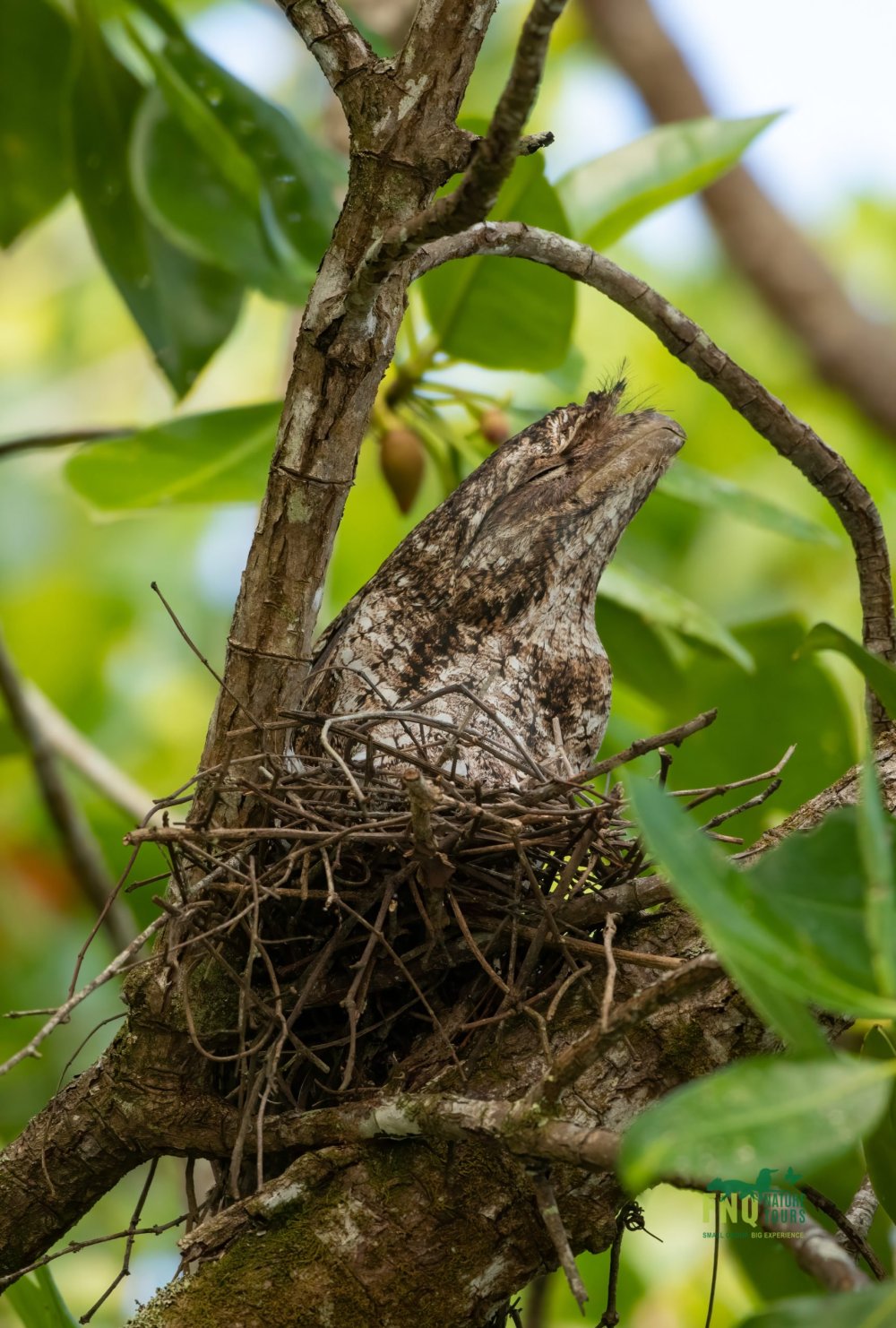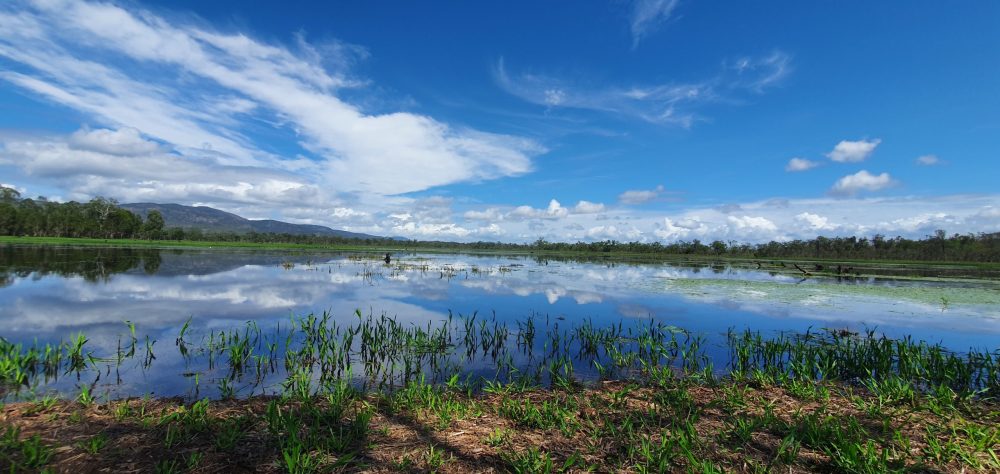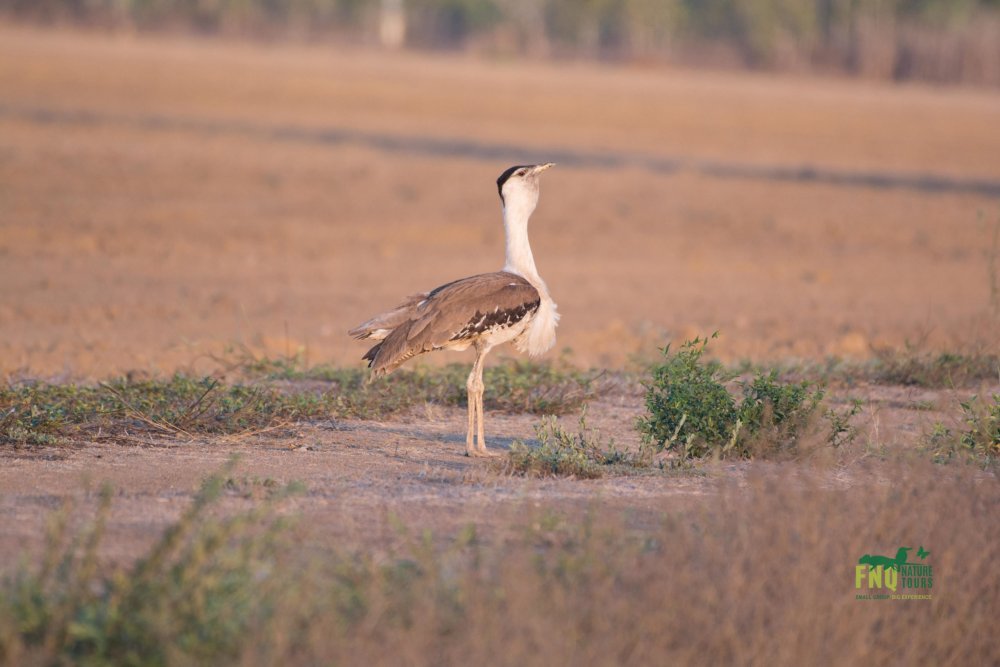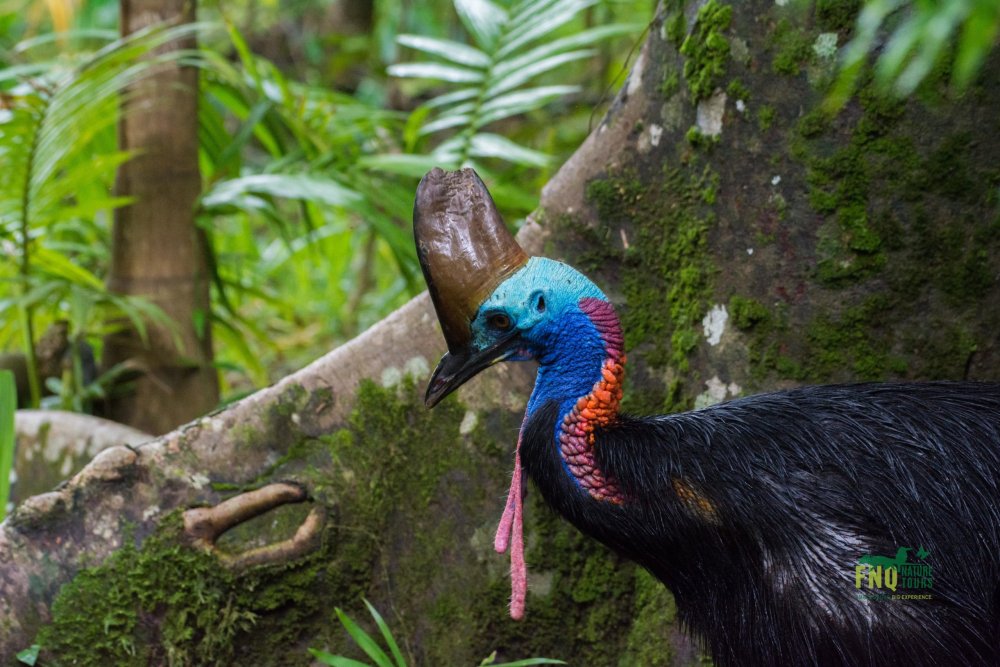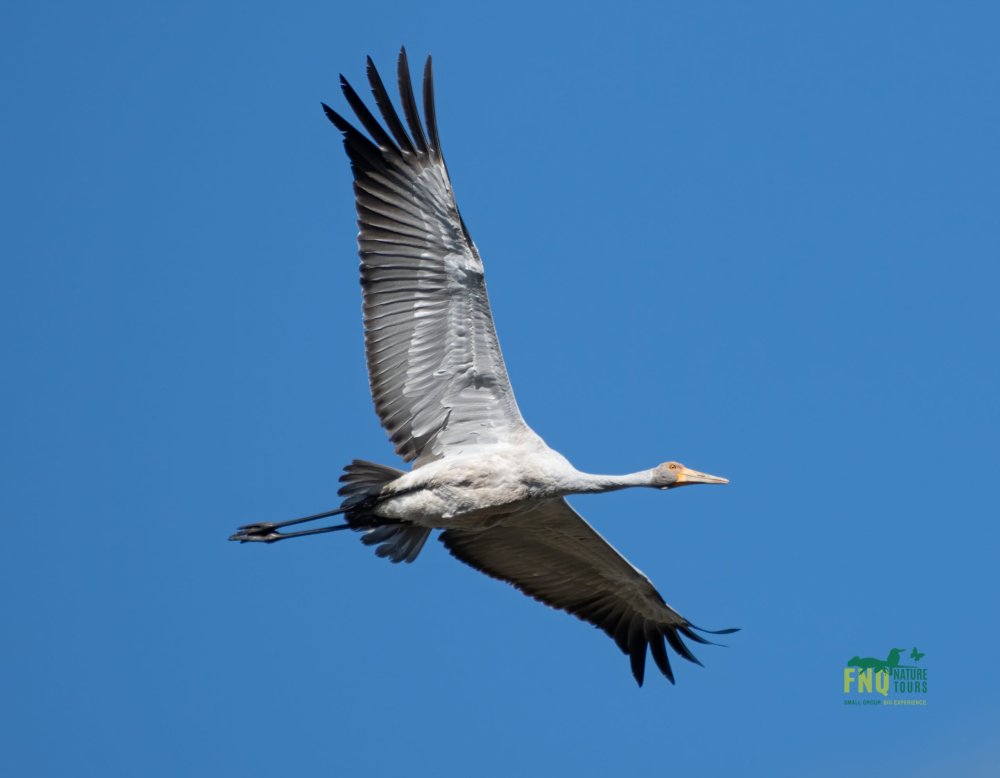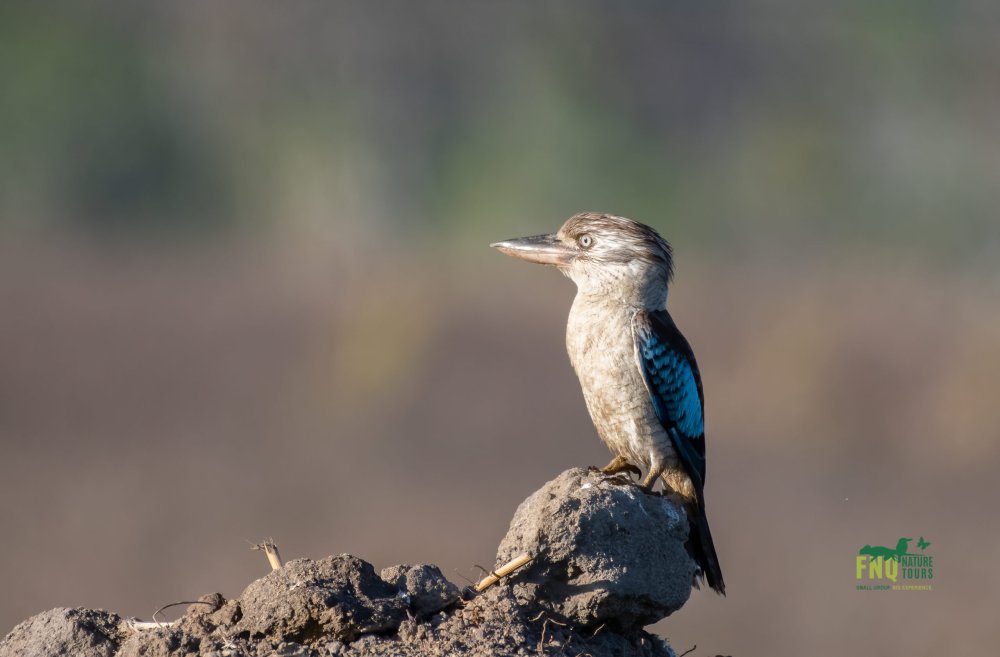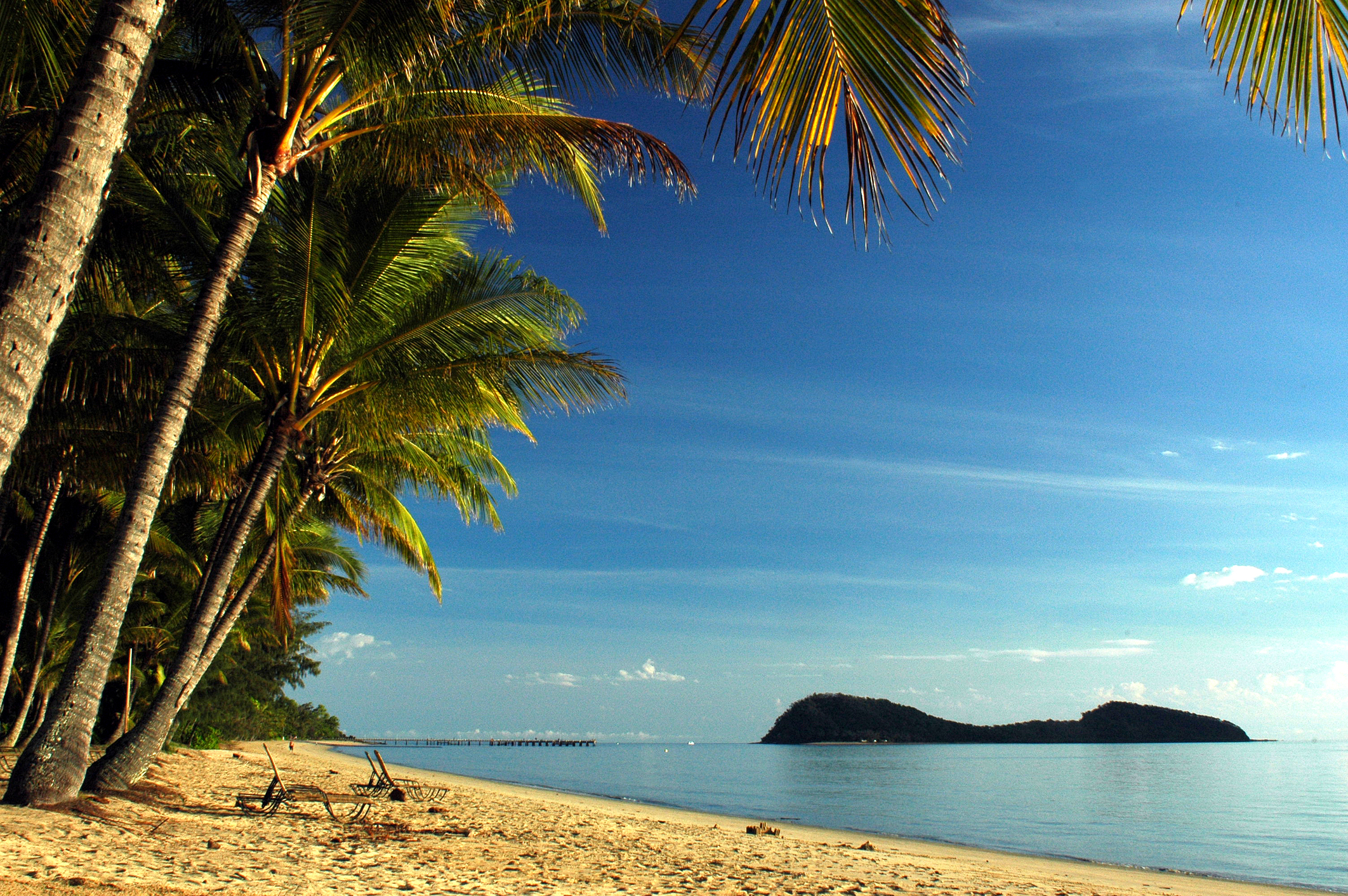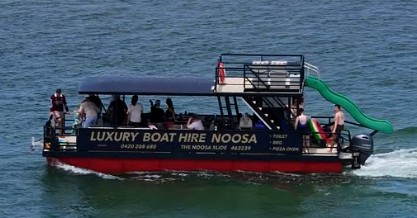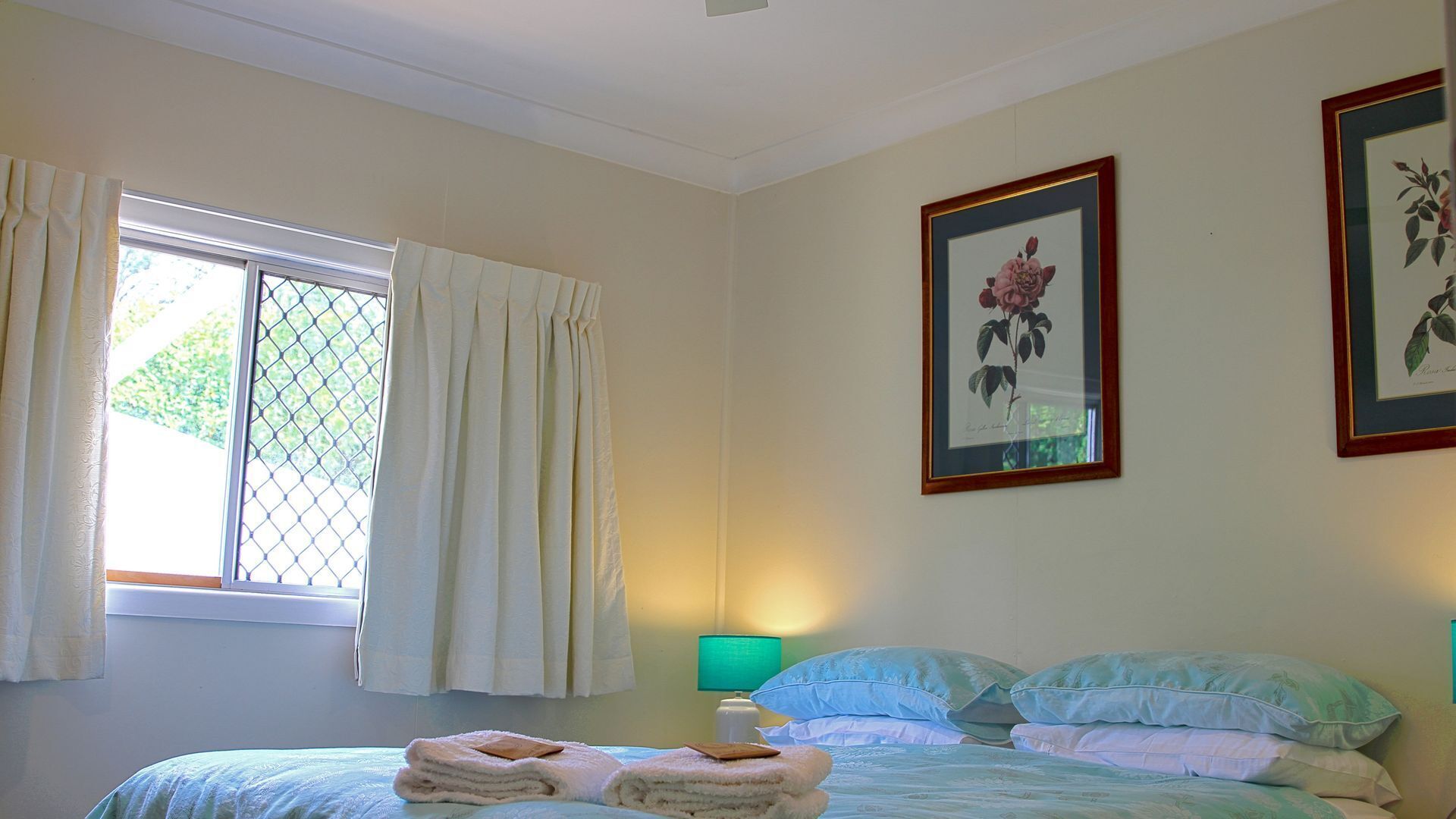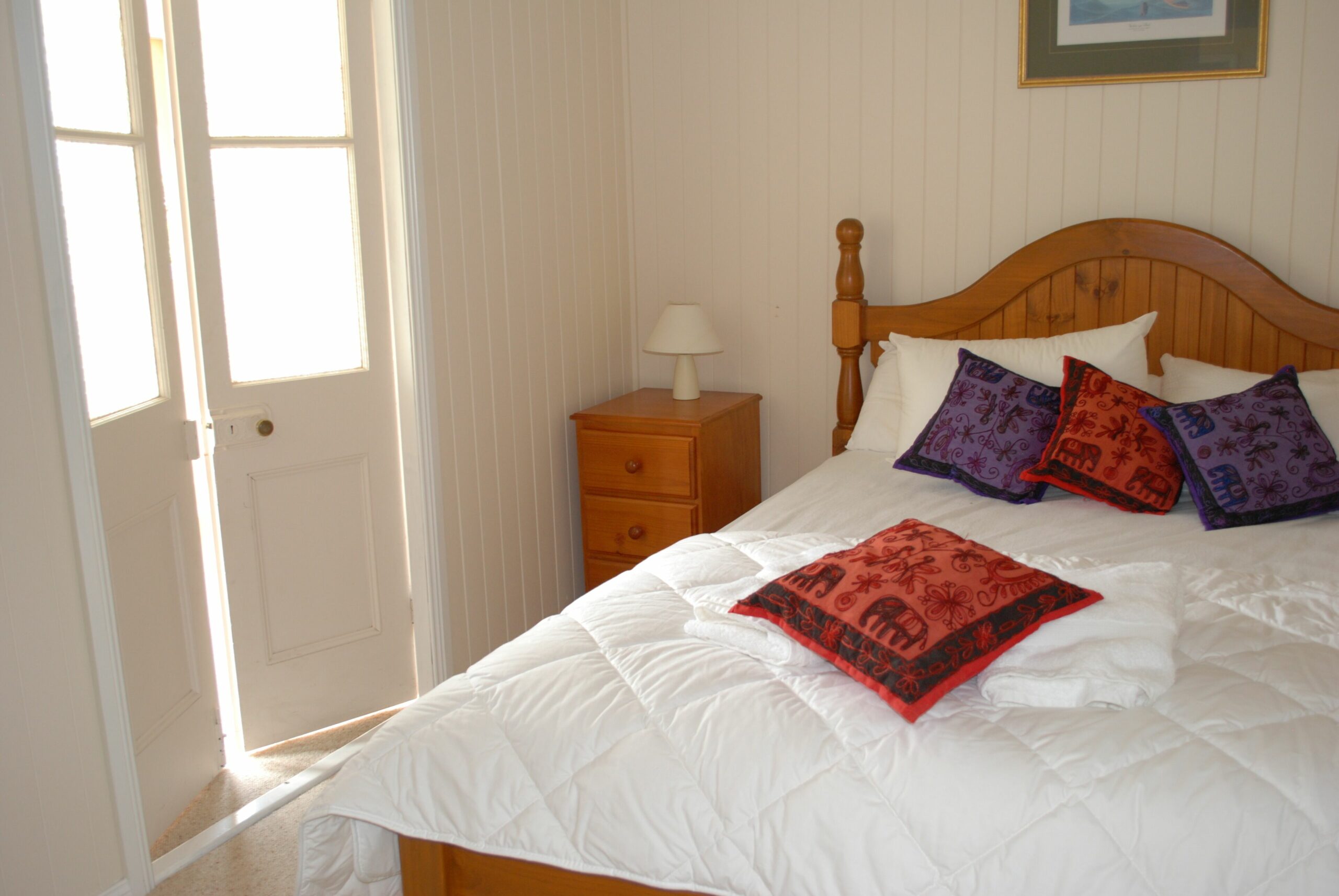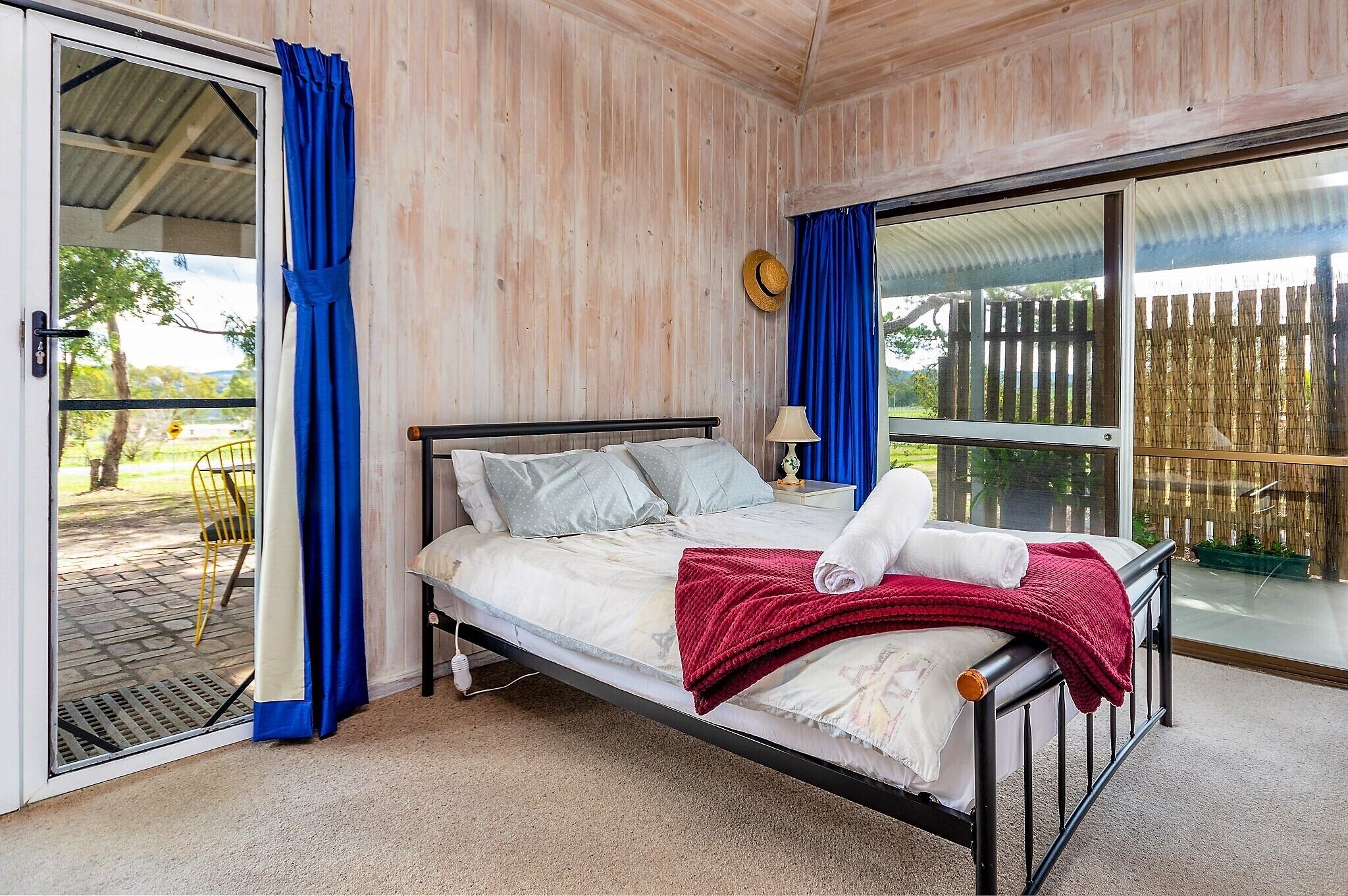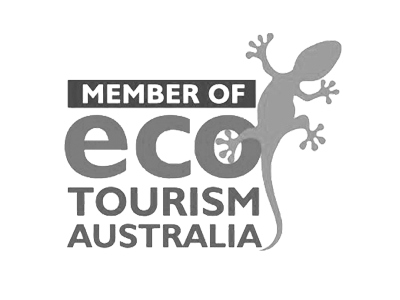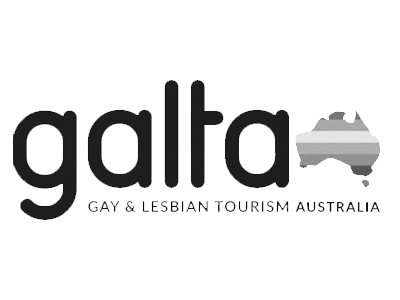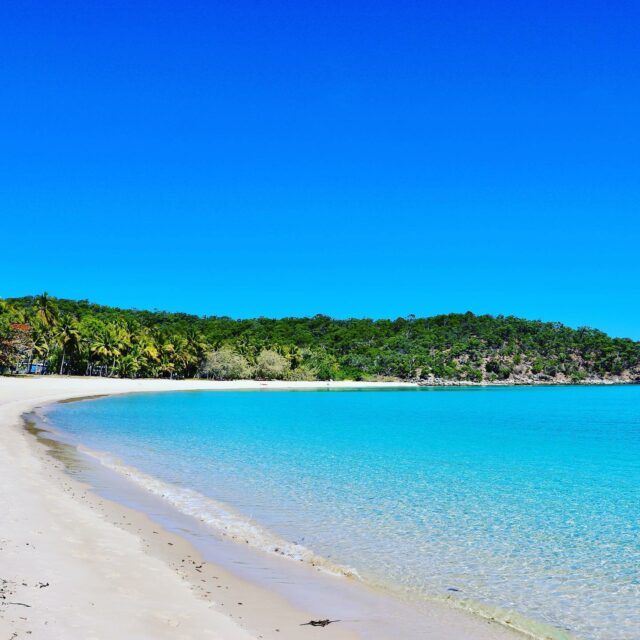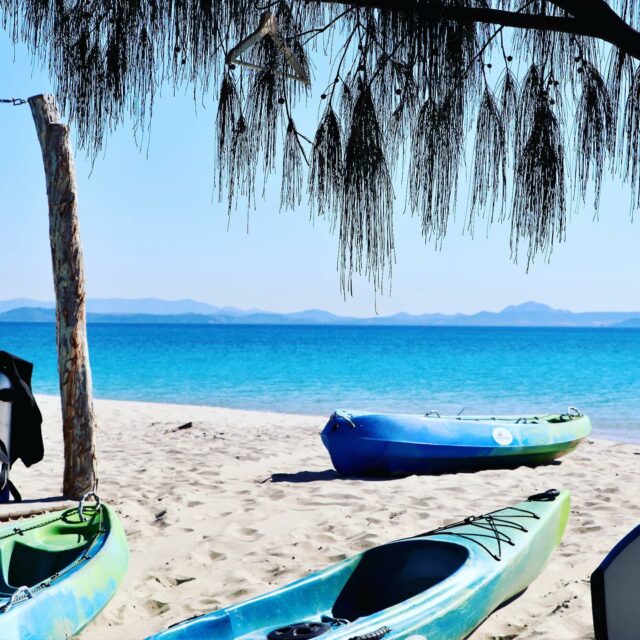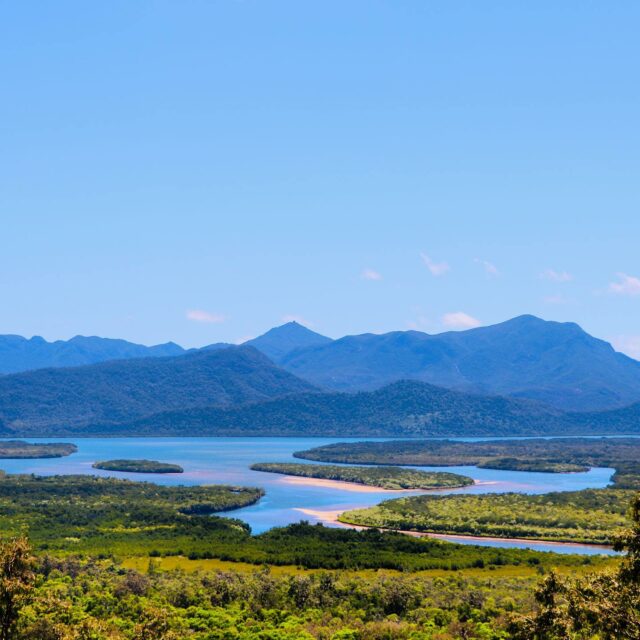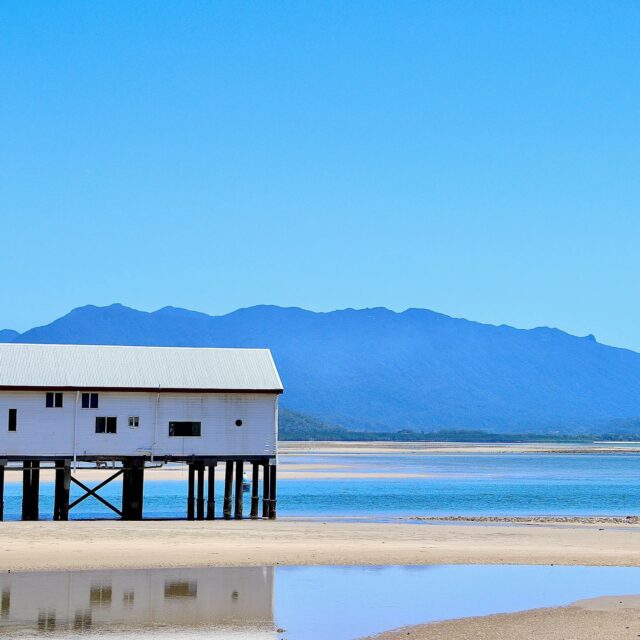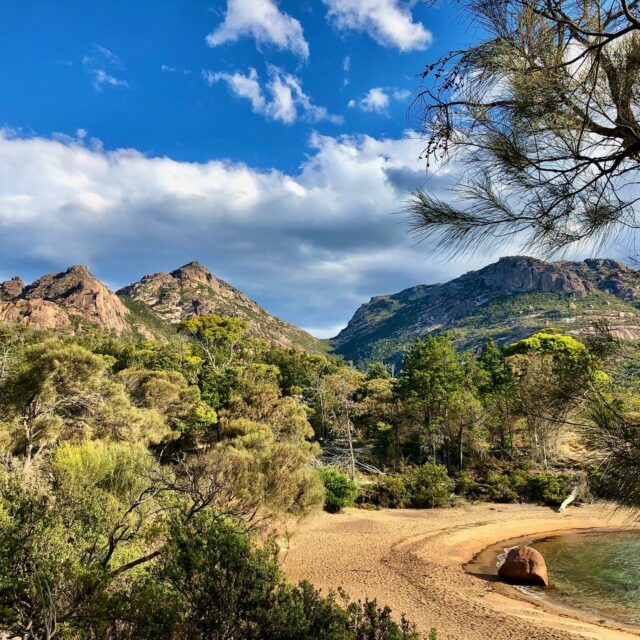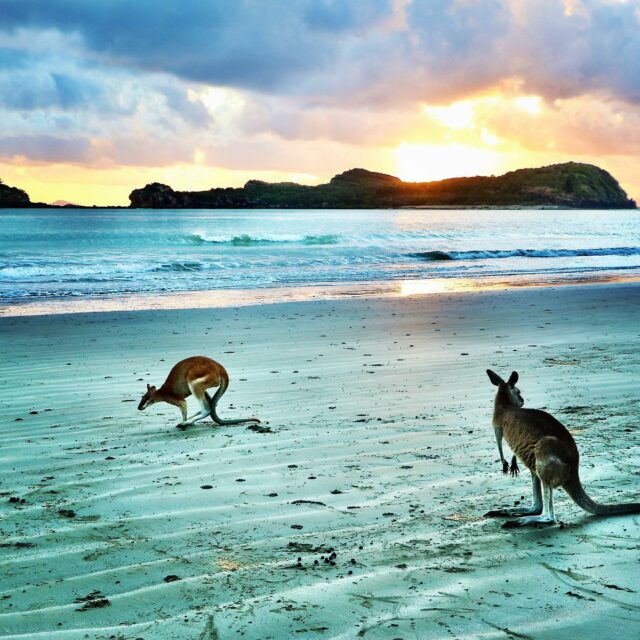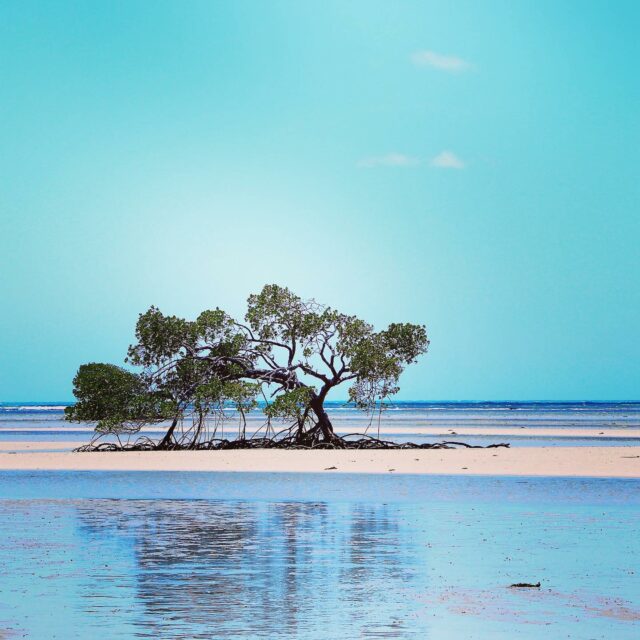DESCRIPTION
The Wet Tropics stretch from Townsville to Cooktown encompassing approximately 9000sq.km of rainforest interspersed with farmland, rivers and tropical savannah, not to mention coastline and coral cays. Such an array of habitats explains the region’s high diversity of flora and fauna. With more than 450 avian species recorded, including 13 endemics, its Australia’s twitching mecca, and you don’t have to venture far from Cairns to enjoy a rich bird-watching experience in a variety of environments.
Join us on this journey as we cover a vast variety of birding hotspots in Far North Queensland
AT A GLANCETravel Dates
16–20 August 2022 (Sold out – join the waitlist)
13–17 September 2022 (BE EARLY BOOK NOW)
(If the dates listed are not suitable, please email travel@australiangeographic.com.au or call 1300 241 141; we offer alternative dates if you prefer to travel with your own private party)
Activity Level
Moderate
Duration
5 days, 4 nights
Prices
From $2875 per person twin share
From $375 single supplement
Group Size
Minimum 4, maximum 6 guests
Featuring Regions
Daintree Rainforest, Cape Tribulation, Julatten,
Shared Earth Reserve, Mareeba,
Atherton Tablelands, Crater Lakes National Park, Cairns
ITINERARYDay 1 – Daintree/Cape Tribulation (pickups commence from Cairns at 6.30am)
Pick up will commence from your individual Cairns hotel from 6.30am. Please advise your hotel so we can arrange your pick up. Alternatively, our friendly team can recommend a hotel for you to stay in Cairns.
A trip to the Daintree isn’t complete without a visit to the famous beach where the ‘rainforest meets the reef’. This valley resembles a giant amphitheatre with a semicircle of hills dominated by Mt Sorrow (850m) and Mt Hemmant (1000m). The south-eastern rainfall trapped by this valley results in a lush tropical climate with high temperatures, humidity and rainfall. Renowned for its scenic landscape, remote beaches and wildlife viewing opportunities!
Several mangrove and rainforest boardwalks are available to allow us the maximum opportunity to observe birds. Cape Tribulation is one of the best spots to obverse the iconic southern cassowary as well as the leaden flycatcher, yellow-breasted boatbill, pied monarch, wompoo fruit dove, shining flycatcher, azure kingfisher, Pacific heron, white-bellied sea-eagle and little shrike thrush.
The afternoon will be spent exploring the surroundings of Kingfisher Park, our accommodation for the next two evenings.
Kingfisher Park Birdwatchers Lodge is a small, family-run business set in an internationally renowned sanctuary. The lodge offers accommodation to birdwatchers and nature lovers from mid April to mid January. The property is owned and operated by professional guides and naturalists Carol and Andrew Iles, who have worked in the area since 1999. Set in Tropical Far North Queensland, one of the best birding areas in Australia, the lodge is especially famous for its population of breeding buff-breasted paradise kingfisher, which are found in the grounds between November and April. There are many resident birds at the lodge including noisy pitta, red-browed finch, Macleay’s, yellow-spotted and graceful honeyeaters, pale-yellow robin, little shrike-thrush, yellow-breasted boatbill, black-faced & spectacled monarch, cicada-bird and spotted catbird.
The lodge is a Land for Wildlife sanctuary with good populations of birds, mammals, reptiles and plants. Around 230 bird species have been recorded within a 1.5 km radius of the lodge and its grounds and all of the 13 Wet Tropics endemic birds can be found within a 15km travel distance.
The lodge is also famous for the red-necked crake, which can often be seen down near the creek or Crake Pond, and the pale-vented bush hen, which can be found near any long grass in the area. It also has a resident platypus in the stream at the bottom of the property.
Accommodation: Kingfisher Park
Lunch and dinner provided
Day 2 – Daintree River/Julatten/ Mt Lewis
Breakfast is provided this morning at the lodge.
This is one of the best examples of a tropical river with rainforest growing right to the water’s edge, and provides some great birding. The river is most famous for the great-billed heron and little kingfisher. The heron is one of the world’s largest. Up until 20 years ago it was rarely seen. Once birding tours commenced on the river, exploring the small rainforest and mangrove creeks that ran from it, the bird was seen more regularly. Even now, however, it remains elusive and can melt into the shadows of the rainforest or mangroves right before your eyes.
A pre-dawn cruise will provide the best conditions for those wishing to see the river at its most stunning, as well as the greatest chance to see some of the most sought-after birds of the river. Referred to in many birding reference books, this famous cruise has been the highlight for many birdwatching enthusiasts in Far North Queensland. Key target species include great-billed heron, Papuan frogmouth, little kingfisher, azure kingfisher, black bittern, saltwater crocodile, green tree snake, water dragon and butterflies.
The afternoon will be spent exploring the area of Mt Lewis. A 30-minute drive from the lodge is perhaps the best place in Australia to see the magnificent blue-faced parrot finches, which can be found during the wet season months from November to April. The mountain is also a great place to see Victoria’s riflebird, bower’s shrike-thrush, bridled and Lewin’s honeyeaters, mountain thornbill, topknot pigeon, brown cuckoo-dove, wompoo and superb fruit-doves.
Optional spotlighting
Spotlighting can also be very rewarding with barking, sooty (lesser) and barn owls, Papuan frogmouths are usually heard calling, and Boyd’s forest dragons and northern leaf-tailed geckoes are also common. Keep an eye out for stripped and green ring-tailed possums, white-tailed tree rats and long-nosed and northern brown bandicoots.
Accommodation: Kingfisher Park
Breakfast, lunch and dinner provided.
Day 3 – Shared Earth Reserve
Breakfast is provided this morning at the lodge.
Checking out of the lodge, we move on toward the Atherton Tablelands.
On this tour you will have exclusive access to the Forever Wild Shared Earth Reserve. Forever Wild work to protect Earth’s last great wildernesses for societal wellbeing, for biological diversity and its evolutionary potential, for our cultural record and economic values. The reserve encompasses 5000 acres of lagoons, trails, bird hides, permanent lakes, swamps, billabongs and creeks, including an incredible mosaic of old-growth savannah woodland. The site is incredibly diverse, and the property has some of the highest avian diversity anywhere in Australia. Boasting over 220 recorded species, the reserve’s highest bird count in a single day is 98 species. We know the property is critical habitat for buff-breasted button quail, one of the world’s rarest birds, and there is a healthy population of the endangered northern quollThe diverse range of birdlife and wildlife include quails, magpie geese, black swans, 11 different duck species and three different grebes, darters and cormorants, pelicans, crakes, rails, swamphens, moorhens, coots, herons, egrets, bitterns, ibis, spoonbills, storks (jabiru), brolgas, sarus cranes, bustards, sandpipers, godwits, common greenshanks, stints, jacanas, which thrive on waterlilies, curlews, stills, avocets, lapwings, plovers, dotterels and terns.
Both the laughing kookaburra and blue-winged kookaburra are regularly seen. Bee-eaters, dollarbirds, tree creepers and pardalotes are well represented as well as numerous honeyeaters, robins, thrushes, monarchs, flycatchers and wagtails are seen throughout the wetlands.
Accommodation: Chambers Wildlife Lodge
Breakfast, lunch and dinner provided.
Day 4 – Atherton Tablelands/Hasties Swamp/Mt Hypipamee
Breakfast is provided this morning at the lodge.
The Atherton Tablelands is the high-altitude counterpart of the coastal Daintree Rainforest, and offer freshwater creek trails and walking tracks into mesophyll vine forest and outstanding remnants of the regions volcanic history.
Hasties Swamp is a large seasonal wetland renowned for its diverse range of resident and migratory birds. More than 220 species have been identified and a large bird hide, with informative identification signs, offers excellent waterbird viewing opportunities.
One of the highlights of the Atherton Tablelands is Mount Hypipamee National Park, which is one of the best places to see the magnificent male golden bowerbird that has bowers in the area. It’s also a great place for spotting southern cassowaries. Other birds that can be found in the general area are eastern spine-bill, grey-headed and pale-yellow robins, Lewin’s and bridled honeyeaters, chowchillas, spotted catbirds and tooth-billed bowerbirds.
Mount Hypipamee is also great for spotlighting. We have encountered green ringtail, Herbert River ringtail, Lemuroid ringtail and brushtail possums here; Lumholtz tree kangaroos too if you’re lucky!
Accommodation: Chambers Wildlife Lodge
Breakfast, lunch and dinner provided
Day 5 – Crater Lakes/Yungaburra
Breakfast is provided this morning at the lodge.
Lake Barrine and Yungaburra are outstanding locations to visit for all nature lovers. Several walks are available offering great wildlife and bird-watching opportunities. From 30 minutes to two hours, they’re tailored to our target species of the day.
These include tooth-billed bowerbird, spotted catbird, Victoria’s riflebird, double-eyed fig-parrot, Australian king parrot, white-throated treecreeper, yellow-throated scrubwren, eastern spinebill, Lewin’s, bridled, dusky, scarlet, brown and Macleay’s honeyeaters, chowchilla, eastern whipbird, black-faced, white-bellied and barred cuckoo-shrikes, pale-yellow and grey-headed robins, black-faced and spectacled monarchs and grey fantail.
Peterson Creek Wildlife & Botanical Walking Track is located in the heart of Yungaburra where we may be able to view platypus or the rare Lumholtz tree-kangaroo.
This afternoon we make our way back to Cairns where you will depart. Why not stay longer in the tropics and have some time to explore, ask our friendly team for suggestions.
Breakfast and lunch provided.
WHAT’S INCLUDED:
- 5 days exclusive touring
- 4 night’s accommodation as per itinerary
- Meals included: morning tea while on tour, 4 x breakfasts, 5 x lunches, 4 x dinners
- Modern, comfortable, air-conditioned vehicle
- Passionate interpretive guide throughout days 1–5
- Pre-dawn cruise on day 2
- Access to Forever Wild Shared Earth Reserve on day 3
- Photography support
- Sunscreen and insect repellant
- First-aid kit on board
- Umbrellas provided for rainy days
COSTS DO NOT INCLUDE:
- Domestic or international airfares
- Pre-registration, late check out or day use at hotels other than specified above
- Guide services other than specified
- Meals/beverages other than specified
- Tips and gratuities
- Optional tours/services.
COVID-19
Until further notice: from 1st October 2021 we will require that all participants on our tours must be fully vaccinated with a Therapeutic Goods Administration (TGA) approved vaccine against Covid-19 with the final dose administered no later than two weeks prior to departure. See terms and conditions for more details.
- Accommodation and meals: strict hygiene conditions apply to the way accommodation is prepared for your stay and in the serving of meals.
- Vehicles, hygiene and social distancing: all activities will involve careful adherence to cleanliness. Hand sanitiser will be available in many locations and in all land-based vehicles. Social distancing will always be an issue on board vehicles; it would be sensible for you to bring your own face masks and hand sanitiser.
- The QLD government approved COVID-19 Safety Plan is in place and all suppliers are COVID Clean accredited.

